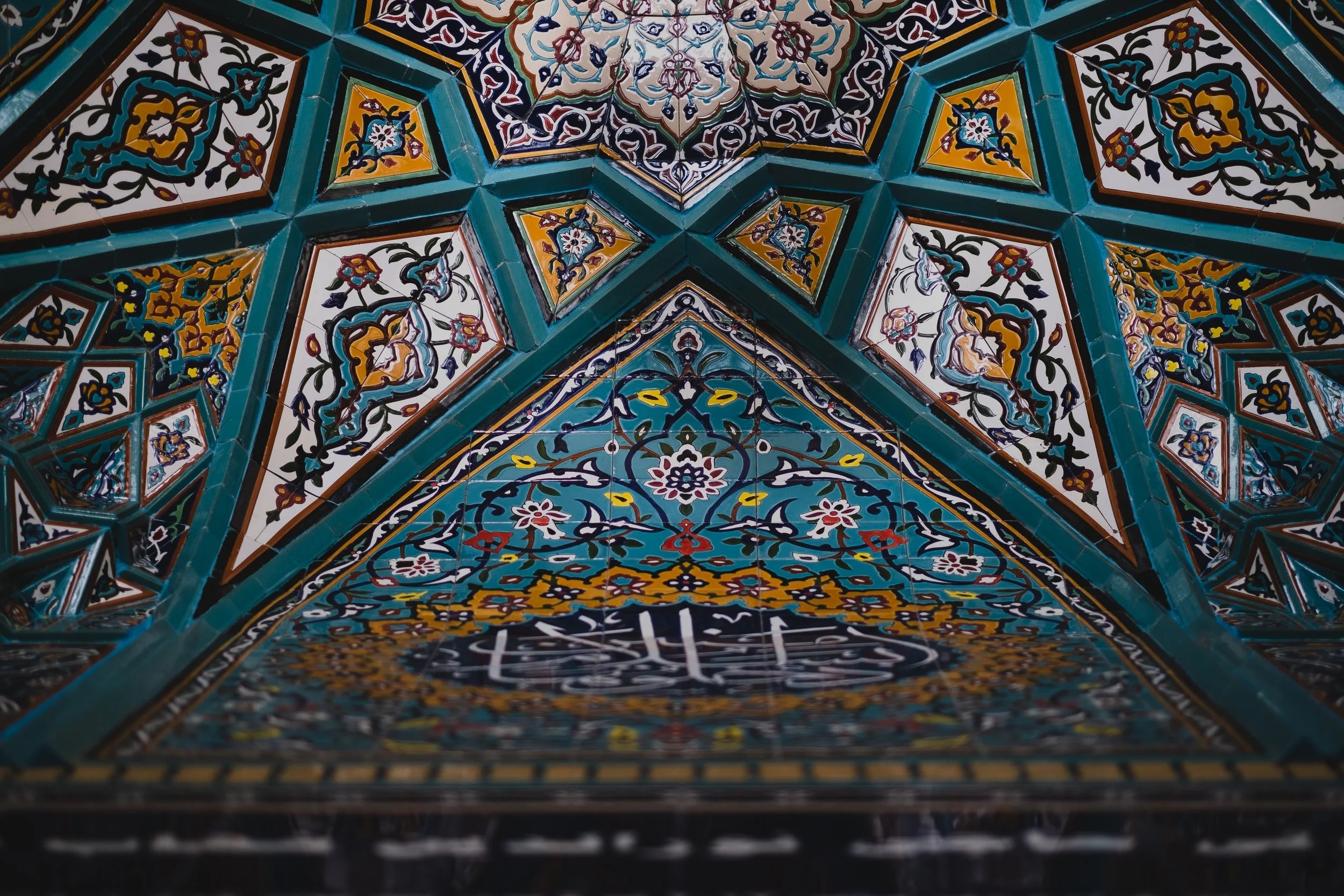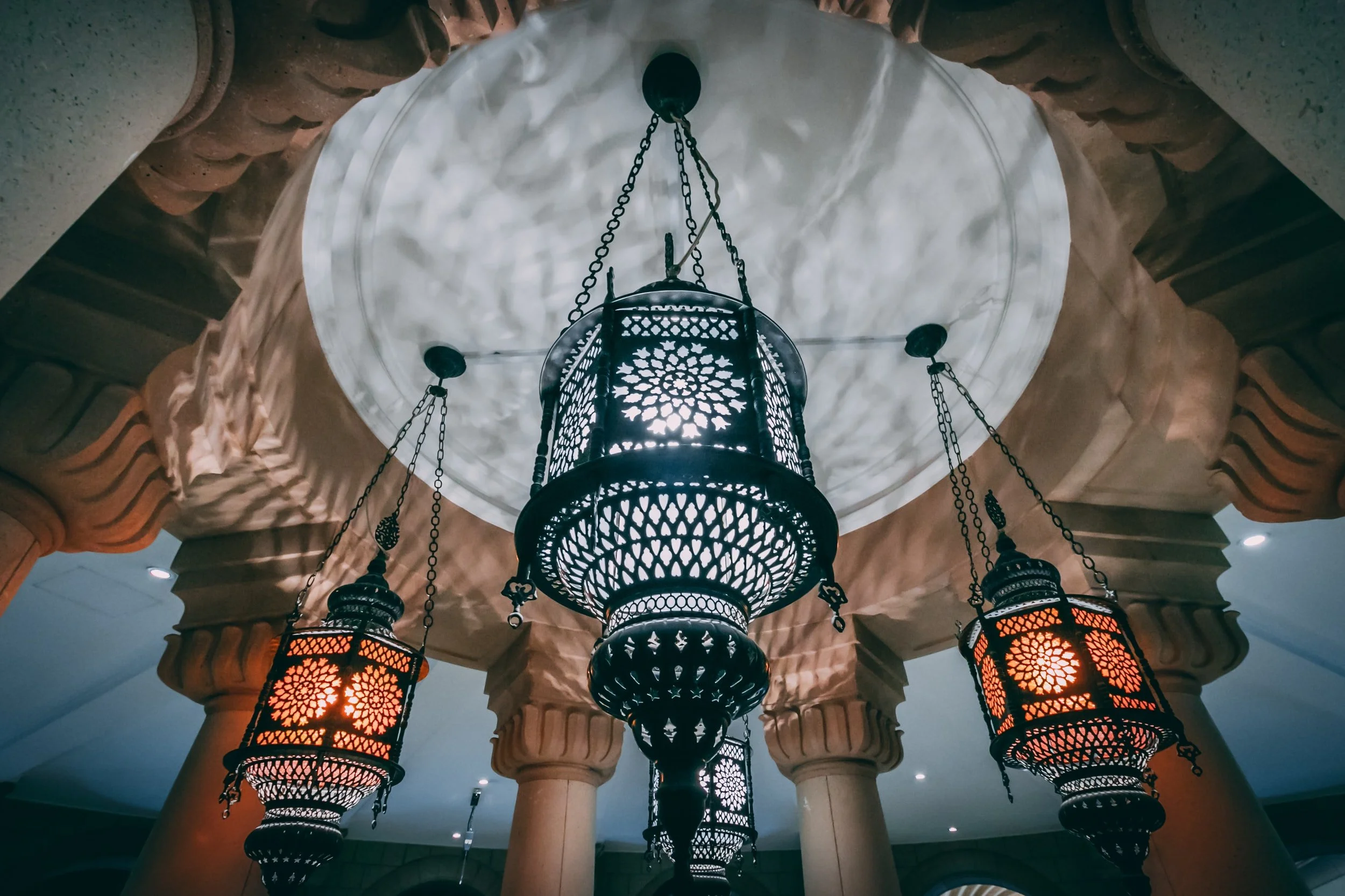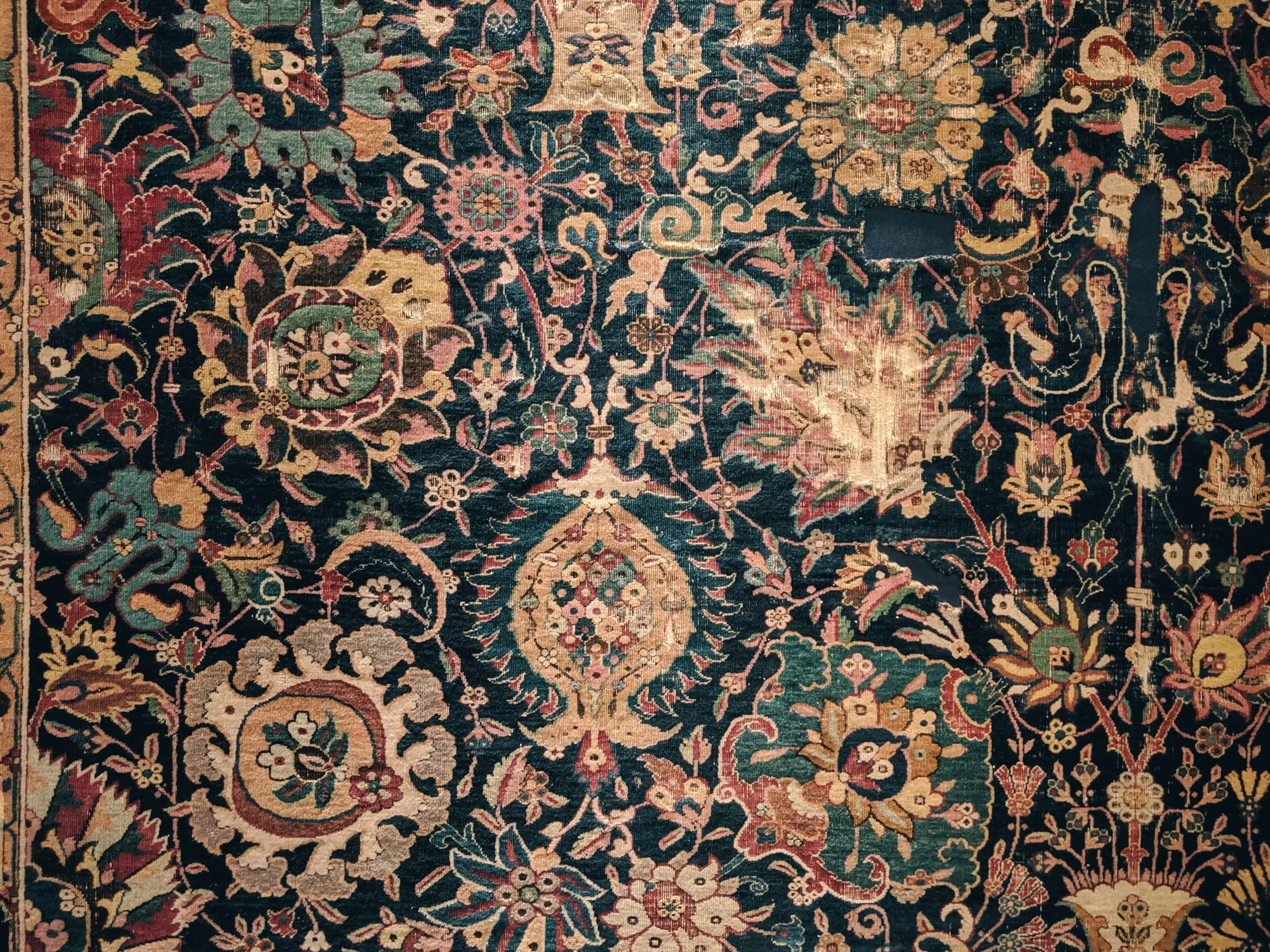Learning Islamic patterns, motifs and the massive blanket of expectation
I start most of my posts, lessons and talks by pointing out something super important. The term Islamic art is a massive umbrella term, grouping million things under its shadow.
People sometimes come to me wanting to learn “Islamic art” and it is an indication these people have no idea what they want to learn. The first step in learning “Islamic art” is to actually determine the area or style you want to learn. It is like saying you want to learn “art” or “craft”.
Imagine saying just that to a person: I want to learn art? The follow up question will be what kind of art and it becomes a matter of narrowing it down.
The term Islamic is extremely generic and has been developed by Western scholars to make it slightly easier in looking at the Muslim part of the Eastern world. We use it now out of convenience and because there are mutual elements in the different areas.
Within Islamic art you will find that art and craft is actually intertwined, so there are a few areas of study:
Calligraphy
Patterns (geometric and biomorphic/floral)
Painting miniature
Painting illumination
Bookbinding
Ceramic tiles
Pottery
Leatherwork
Metalwork
Woodwork
Textile
And the list goes on. It is definitely more than this, but these are the most common areas I have come across in my study.
Each area is a whole world of its own and it can be categorised further based on geography, culture, style, ruling dynasty, patron and time period. Reading one book on any of these subjects or watching one YouTube video or taking one short online course would not teach you everything you want or need.
If you did think you will get everything from one post, book, course then you are either naive or underestimating the wealth of Islamic arts and crafts that spanned from Indonesia to Spain and took place from the 7th to 18th century and then the whole contemporary world created by Muslim artists or crafters.
Learning one of these areas will require effort and multiple sources. Some people will require more or less effort depending on the outcome they want to achieve. I find it puzzling, when a person comes to me wanting to learn everything there is to learn about patterns in three hours. Like how can this be possible? I feel like in this age of easy access to information, some people expect too much for minimal effort and that is truly sad. The availability of information should encourage us to seek more knowledge and learning rather than making us lazy.
Looking at patterns for example, it is a massive area of study, I spent five years during my PhD focusing on one specific area and I still feel there is much more to uncover. Therefore, when someone takes a quick three hour course that combines history, drawing and painting then complines that they didn’t learn enough I am puzzled. Of course they won’t. Patterns is not something you just learn quickly. There is so much more to it!
Learning patterns includes these areas:
Learning the geometric construction, which is the basis of biomorphic as well and without it no patterns can be constructed. I started with learning this first via Adam and Richard from Art of Islamic Pattern and from Samira Mian.
Understanding the visual language especially if you did not grow up surrounded by this visual expression. This understanding usually comes by tracing and studying original works from the masters of the area you want to focus on. This is how I learnt in some of the short courses I took in the Prince’s School of Traditional Art in London.
Learning the motifs and this is a big one and cannot be explained quickly because each Islamic time period has its own spin on motifs and a selection of shapes and flowers that is regularly used. For example, Turkish masters use copying motifs that are common in Turkish and Ottoman examples. This is a very popular method of learning in Turkey, where you dedicate the first few days/weeks/months to copying leaves and flowers. The motifs are usually from books and a great book for copying is Motifs in Turkish decorative arts by Inci A Birol (1991-05-04).
Choosing and mastering the medium you want to execute patterns on. Is it just painting you want to do? Just watercolour? Or illumination style? Or perhaps you want to carve them in wood or paint them on ceramics.
Therefore, the process of learning Islamic patterns alone is complex and will be very satisfying to human curiosity. It is of course very possible to do all the steps in as little or as much details that you want, but it is an exploration that will take a few months of self study and some various courses if you are serious about this.
I have students who enjoy an afternoon of drawing and painting these patterns following historic examples and other students who have spent few years with me learning together and studying patterns and it is a wonderful thing because with each course we get to focus on something different.
The bottom line is you do not expect to learn centuries worth of knowledge in one three hour course. Be open and curios and you will fully understand everything in few months/years of practice. Learning patterns and arts is not a race, it is a beautiful process of uncovering ways of connections and learning to go underneath the surface of what you see.
Although, I specialise in biomorphic patterns, I do not call myself an expert in the field because I am learning a new thing with every pattern I study. You can come study with me via the various courses I offer:
It would be interesting to hear from you, your learning process and your expectation when you started your journey into the world of patterns.




